The 100: Highlighting Humanity’s Successes and Failures in Overcoming Hateful Rhetoric
The 100 imagines a future where humanity's overcome some of its most pervasive forms of prejudice—only to create new ones.
Incluvie Foundation Gala - Learn More
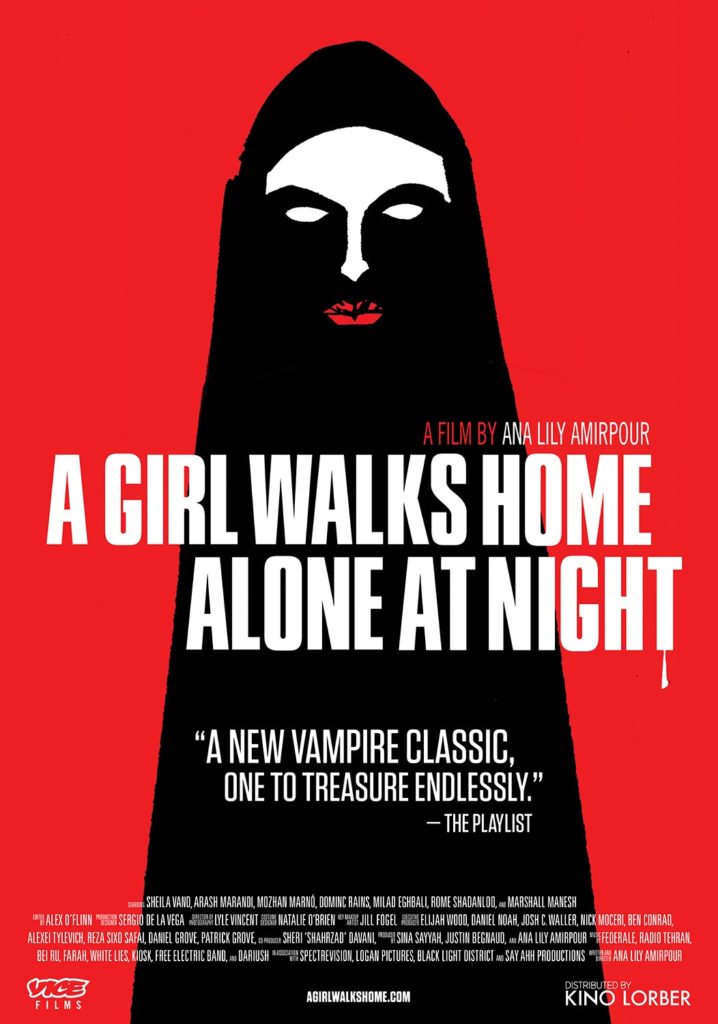
The town, riddled with drugs and prostitution, is full of men who abuse their power over women. Throughout the film, The Girl seeks out these men and kills them as a means of protecting the women of Bad City, namely Atti (Mozhan Marnò), a prostitute who is repeatedly taken advantage of by the men of Bad City. The Girl’s life takes a dramatic shift, however, when she meets Arash (Arash Marandi), a local boy and the son of a junkie that The Girl eventually takes as one of her victims. Arash, unlike the other men in Bad City, gains the trust and respect of The Girl, and the two slowly fall for one another, though Arash remains oblivious to her being a vampire. Through this occasionally horrific and occasionally romantic story, Amirpour sparks an important discussion on the treatment and objectification of women by men, particularly within Iran.
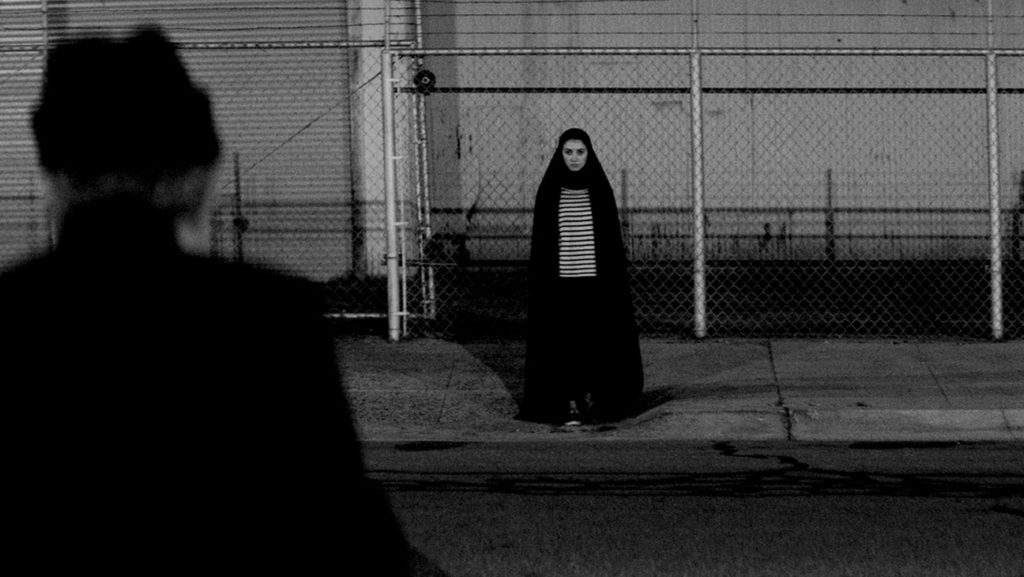
Dressed in a chador for the majority of the film, The Girl uses her unassuming nature and perceived weakness as an asset to her. Her first victim in the film is a drug dealer and pimp, Saeed, who starts off the movie by pressuring and taking advantage of Atti. After getting him alone, The Girl gains Saeed’s trust before attacking him by biting off his finger and proceeding to drink his blood until he is dead. A pattern like this continues throughout the film, both before and after The Girl meets Arash. Even men who have not harmed women — such as a young boy that The Girl warns against being bad, saying she will come for him one day if he is — are not exempt from The Girl’s vengeance.
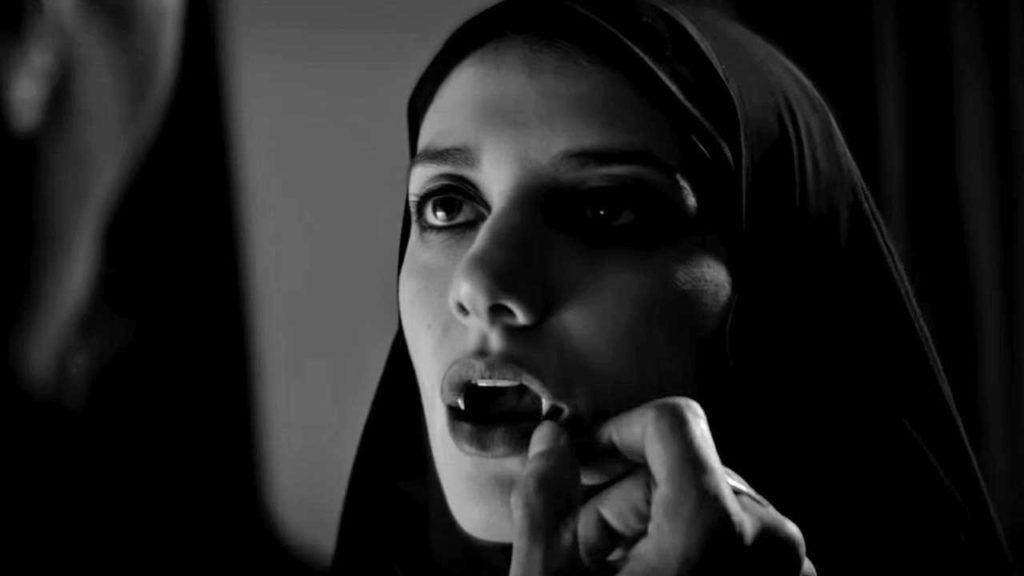
A Girl Walks Home Alone At Night is, by all appearances, a movie meant to be about women reclaiming power, and an analysis of the imbalances between men and women and the gendered violence that women often face. It’s impossible to watch the film without a feminist lens because the plot in and of itself is inherently feminist in the sense that the story relies on women taking a stand against a patriarchal system.
Though A Girl Walks Home Alone At Night appears to be an intentional critique of misogyny and gendered violence, this is not necessarily what Amirpour had in mind. The director has stated in an interview with Gawker that she didn’t go into the movie with the idea that it would be a feminist film—rather, she believes that “people tend to see themselves in films… you feel that because it’s stuff you have in you.” Though it may be surprising that the film wasn’t written through a feminist lens, that doesn’t necessarily take away its merit as a feminist movie; as stated by Amirpour, individuals—in this case, women specifically—take from the film what strikes them as the most relevant. As the ongoing battle for women’s rights in Iran (and globally) continues, A Girl Walks Home Alone At Night is a breath of fresh air to those looking for a movie where women have the power in their hands. The Girl is not a victim, nor is she passive. Her decisions drive the movie, and without her actions, the story would have no depth.
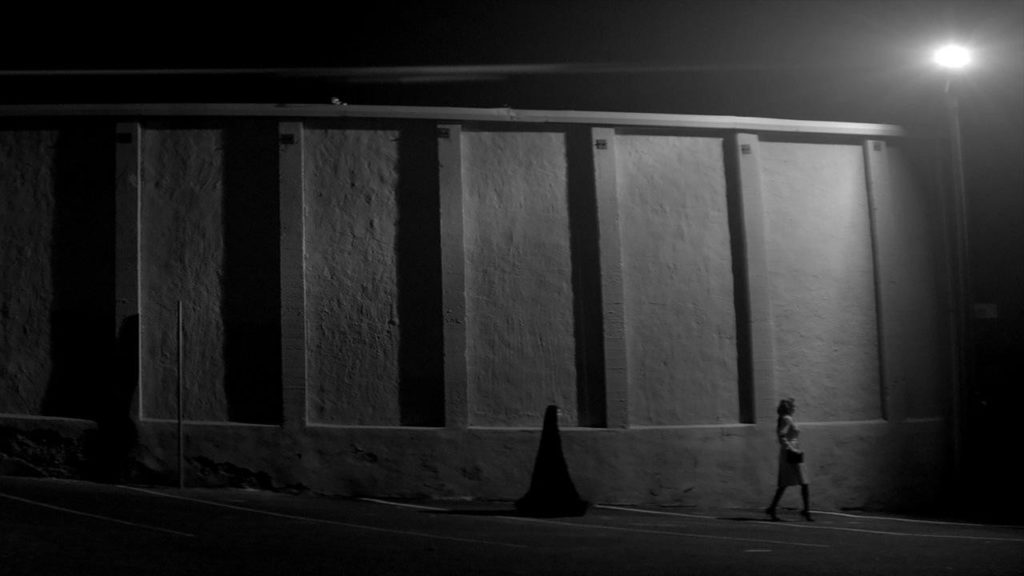
Despite being unintentional, A Girl Walks Home Alone At Night is a brilliant example of feminism in film. All of the violence in the movie is gender-based: men exploiting and abusing women for their own pleasure, while the women are expected to sit back passively. Whenever women are in danger, The Girl sweeps in (on her skateboard stolen from the young boy she warned against being bad) to put a stop to it. The Girl is aware that Atti, the prostitute, is unhappy, and is being mistreated by men who take advantage of her every day. In rebellion against this, The Girl both kills the men harming Atti and gives back to Atti by collecting and distributing the valuable possessions of the men she has killed. The film breaks down societal rules and expectations of gender, and can easily be viewed as a critique of the abuse of power that inevitably comes when men are prioritized and protected over women within a society.
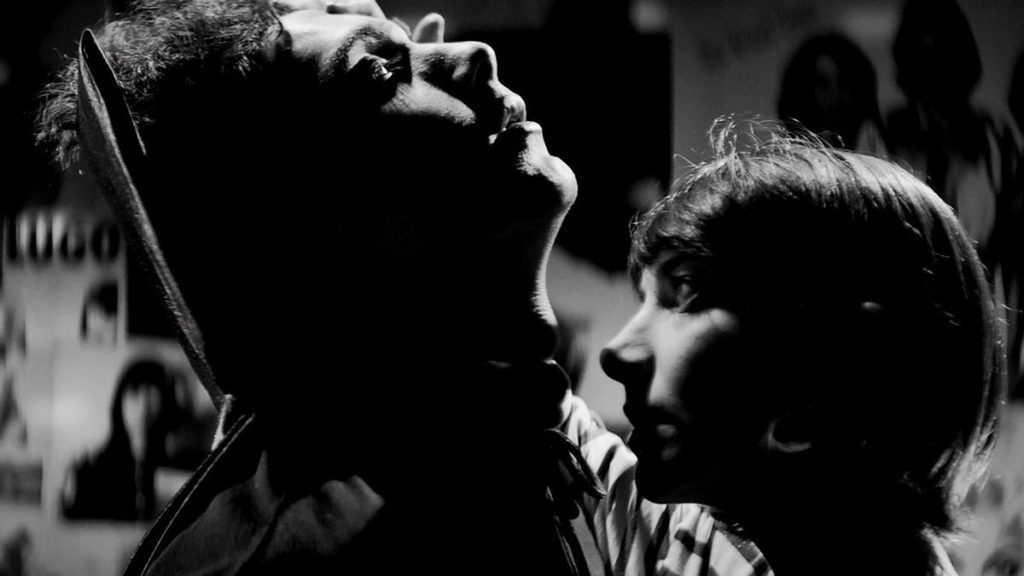
A Girl Walks Home Alone At Night is all about women reclaiming their power—whether or not this was intentional—in a world that relentlessly tries to take it away from them. An important detail towards the beginning of the film that solidifies the idea that The Girl’s killings are gender-based is a stack of bodies, all of which appear to be male, dead in a large ditch that Arash passes by. These actions are clearly a pattern, and it is not coincidental that the killings shown explicitly in the film are solely men. The Girl, whether consciously or not, uses her abilities to take down those men who assume that their power is limitless—and though this is partly a love story, this aspect feels unimportant compared to the other messages that the film is communicating to its audience. The love story of The Girl and Arash is subtle, and her relationship with Atti feels just as vital to the movie as her relationship with Arash.
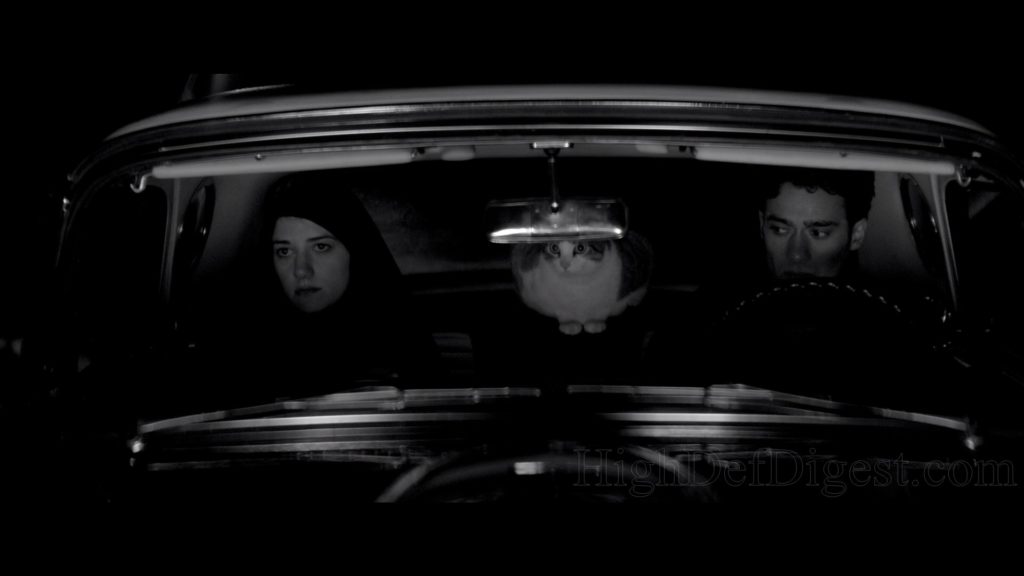
One specific scene, in which The Girl and Atti dispose of the body of Arash’s father, is striking because of its simplicity that still speaks volumes; violence against women is normalized, but the film communicates to the audience that just because of this normalization, this violence doesn’t have to be accepted. There will always be misogyny integrated into society, but A Girl Walks Home Alone At Night gives hope that maybe, one day, this will no longer be the case. The film thrives in terms of diversity, and its focus on the women of Bad City and their interpersonal relationships drives the story.
Overall, A Girl Walks Home Alone At Night, though its feminism may be unintentional, cannot exist without its focus on women reclaiming power. The movie is feminist by definition, even if Amirpour didn’t write it with that in mind. A Girl Walks Home Alone At Night is mesmerizing, poetic, and stunning, both for its portrayal of feminist ideas and its powerful story that is both horrific and subtly romantic at once.

(This article was originally published by Marisa Jones on Medium.)
Related lists created by the same author
The 100 imagines a future where humanity's overcome some of its most pervasive forms of prejudice—only to create new ones.